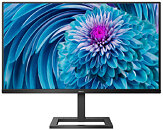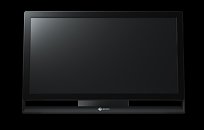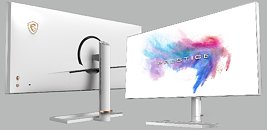
ViewSonic Introduces Its First Portable Monitor with OLED Technology for Creators
ViewSonic, a leading global provider of visual solutions, presents the advanced 15.6" ColorPro VP16-OLED portable display with native 1080p Full HD resolution and advanced OLED technology for remarkable color performance and immersive visuals. It is Pantone-Validated, and factory calibrated to deliver richer color uniformity, accuracy, and enhanced details, ensuring that it meets the demands of professional content creators. The VP16-OLED won the distinguished GOOD DESIGN AWARD 2022 in the "Special Award" category for its remarkable color performance and immersive visuals while being ultra-thin, light-weighted, and versatile for professional creators to deliver their best work anytime, anywhere.
In today's increasingly mobile world, ViewSonic recognizes that creative professionals are seeking tools that are portable yet still maintaining the performance required for color-critical work," said Oscar Lin, General Manager of the Monitor Business Unit at ViewSonic. "ViewSonic already has a series of portable monitors. The VP16-OLED is the first portable display in the ColorPro product line, and it is specially designed for creators who seek flexibility and productivity. It's light and simple and has a unique folding stand for users to take it anywhere. The two-way screen cover can be used as a shading hood for easy editing anywhere without lighting interference. We'll continue to push the boundary for high-quality professional monitors to deliver incredible user experiences anytime, anywhere."
In today's increasingly mobile world, ViewSonic recognizes that creative professionals are seeking tools that are portable yet still maintaining the performance required for color-critical work," said Oscar Lin, General Manager of the Monitor Business Unit at ViewSonic. "ViewSonic already has a series of portable monitors. The VP16-OLED is the first portable display in the ColorPro product line, and it is specially designed for creators who seek flexibility and productivity. It's light and simple and has a unique folding stand for users to take it anywhere. The two-way screen cover can be used as a shading hood for easy editing anywhere without lighting interference. We'll continue to push the boundary for high-quality professional monitors to deliver incredible user experiences anytime, anywhere."





































































